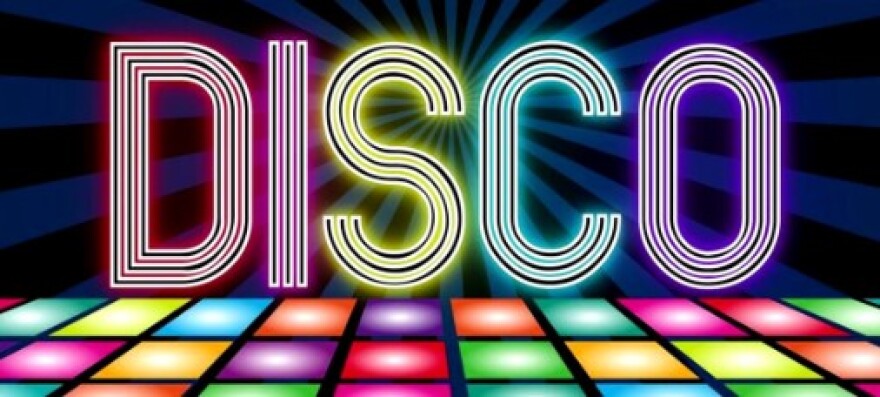Whether shake, shake, shaking your booty in satin hot pants or physically spelling out YMCA in a double-knit polyester leisure suit, Americans in the 1970s feverishly danced away countless Saturday nights under a dazzling mirrored ball. A veritable disco inferno. Now when I say disco, we reflexively think of that overexposed genre of garish dance music. But those same funky electronic beats powered an inescapable culture and lifestyle. For better and worse, this disco way of life formed the center of gravity of the narcissistic “Me” Decade and remains the most emblematic element of the seventies. Truly, a decade forsaken by good taste. But that’s the way, uh huh, uh huh, we liked it.
Disco comes for the French term discothèque, European nightclubs where the global phenomenon began. These physical venues in the US – whether urban dance clubs, skating rinks, or after-hours parties – were animated by emerging and vibrant gay communities in the earliest days of a liberation movement we today call PRIDE. Self-consciously decadent and subversive, disco music, dancing, and culture soon migrated beyond big cities, quickly commodified, and for lack of better term “heterosexualized,” for mass consumption.
Disco’s obsessive mainstream popularity was fueled by a societal loss of direction and purpose in post-Watergate America. Disillusioned, insecure, and helplessly uprooted economically, many sought to escape the era’s malaise by turning inward, indulging in a lifestyle of self-absorbed narcissism and hedonism. The disco lifestyle.
The soaring disco sound is pure uncomplicated musical escapism. The Bee Gees nearly traded a hall of fame rock and roll career to become kings. Donna Summer reigned as its queen. The Village People functioned as court jesters. And Gloria Gaynor’s I Will Survive supplied its anthem, reverberating over two hundred dedicated disco radio stations.
The look and fashion, well, shameless exhibitionism and empty ornament, a visual spectacle of vanity and overcompensation. Sequins and glitter obscured the tensions between desiring expensive, designer clothes and an inability to afford them. Yet with diminished American Dreams amid double-digit inflation and unemployment, excessive and overemphasized clothes – shoulder width collars and five-inch platform shoes – made you appear larger than life… at least for one night.
On brightly lit floors, dancers celebrated themselves, prancing, strutting, and showing off their latest hustle, bump, or bus stop moves. See and be seen. The Tao of disco.
Seventies era discos were inseparable from a thriving drug subculture and revolutionary changes in sexual attitudes and behaviors. The blatant use of cocaine and quaaludes enhanced the experience of dancing to syncopated music and strobe lights. And such performance enhancements kept the dance party going all night long.
In a sexualized age when indulgent Americans were doing things publicly that a decade before would have been kept private, discos served as ground zero for rampant promiscuity and sexual experimentation. New York’s infamous Studio 54 set the gold standard for these reckless and selfish trends still seemingly without consequences.
The 1977 movie Saturday Night Fever actually hastened the inevitable backlash against disco’s excessively vapid and superficial nature. The official end came two years later when a “Disco Demolition” rally to blow up the offending records by a local DJ at Chicago’s Comiskey Park degenerated into a booze-fueled riot. Death to disco.



